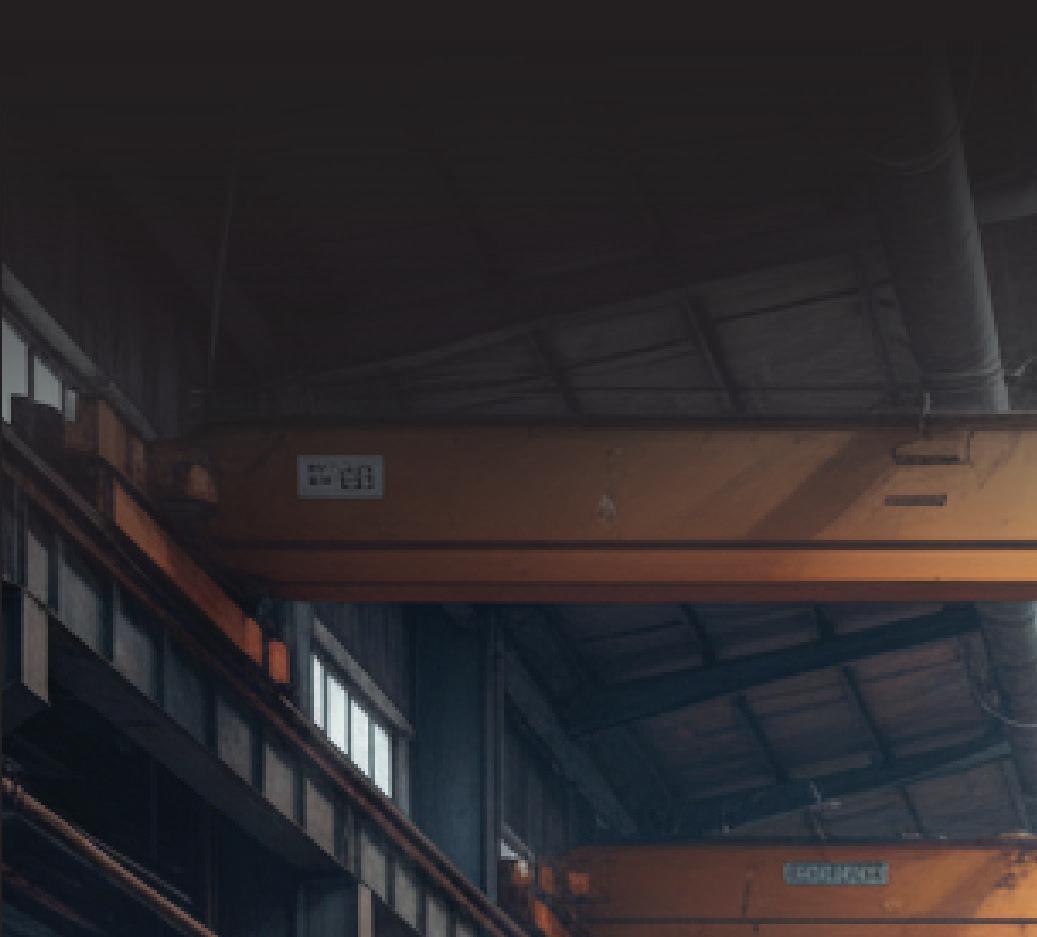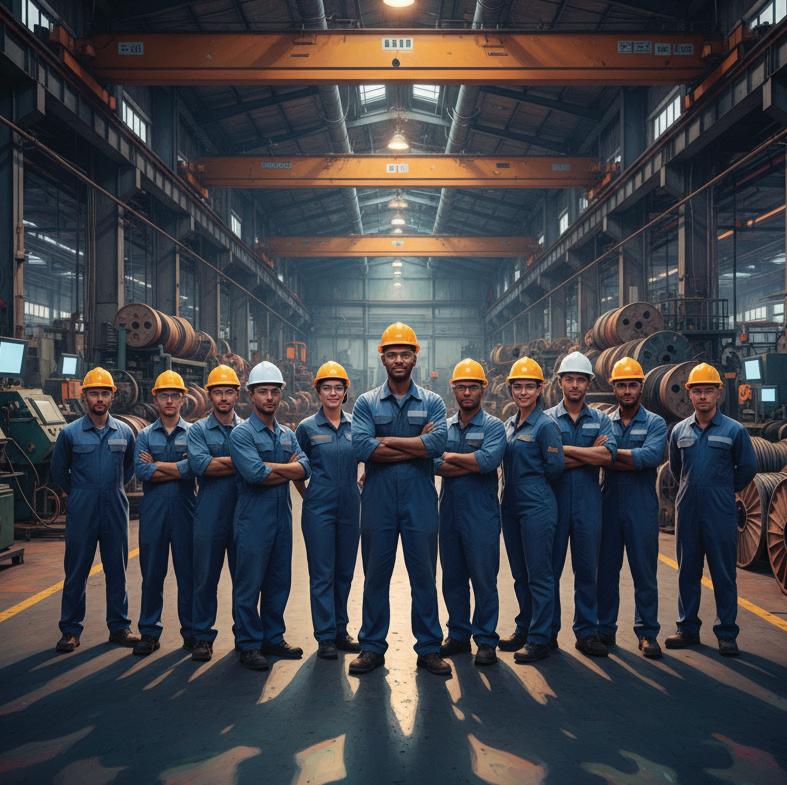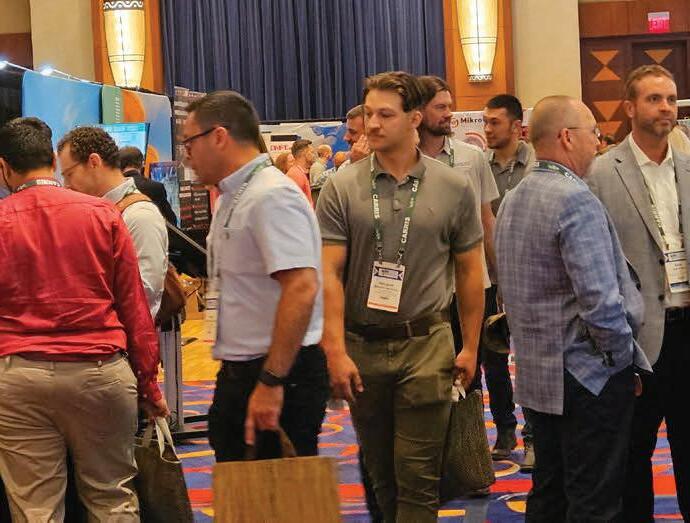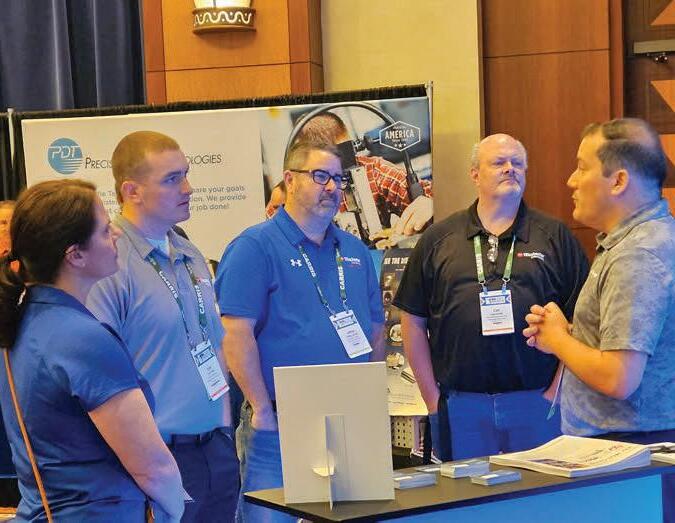












This feature on wire and cable industry employment focuses on perception. It’s ironic—and perhaps even a little maddening—that the people who could benefit most from reading this will never see it. The various elements in this report collectively make a good case for why manufacturing is not just a place where meaningful work is done, it is where a hard-working person with a good attitude will find incredible growth opportunities.
Staffing and workforce development are now center stage for manufacturing, as a persistent skills gap and the drive for digital transformation reshape hiring, retention and employee training. Multiple new studies in 2025 highlight technology, demographic shifts, and changing employee expectations. Below are recent takeaways reflecting the landscape for industrial staffing and training this year.
Automation and upskilling remain dual priorities, as 43% of manufacturers are reskilling employees for advanced manufacturing technology adoption and improved operational flexibility. (Robert Half Manufacturing Industry Survey, 2025)
AI-powered hiring tools are now widely used to increase speed and efficiency. Over 96% of manufacturing leaders say automation will be key to optimizing recruitment workflows and reducing hiring times in 2025. (Manufacturing Recruiting Trends, 2025)
Turnover is a growing challenge—27% of manufacturing firms expect it to increase or remain steady, with a top worry for 69% of managers being retirements of experienced baby boomers. (Manufacturing Workforce Trends Report, 2025)
Green manufacturing and sustainability initiatives are shaping hiring priorities, motivating firms to recruit employees with knowledge of eco-friendly practices and certifications in sustainable technologies. (Manufacturing Workforce Trends to Watch, 2025)
Hybrid and remote work models are now part of manufacturing workforce strategies, with flexibility valued as a retention tool for both technical staff and hourly workers amid shifting employee expectations. (Top Staffing Trends, 2025)
Digital workforce management software and predictive analytics are being adopted by more than 80% of manufacturers with large hourly workforces for better shift scheduling, engagement and worker sentiment tracking. (Deloitte Manufacturing Industry Outlook, 2025)
Blended workforce models—combining full-time, part-time, and contract staff—are helping manufacturers respond to fluctuating orders and peak seasons while controlling costs and maintaining operations. (Future Trends in Warehouse and Manufacturing Staffing, 2025)
Upskilling for data analytics, robotics, and AI now defines advanced manufacturing careers, as plant operators, maintenance techs, and team leads require new digital and technical competencies. (Expert Staffing Manufacturing Insights, 2025)
At Interwire 2025, a panel session saw executives from three manufacturers share their thoughts on personnel matters as well as the view from four college students who described what they seek in an employer. The result was a memorable discussion as to what young job seekers value most. Below is an edited summation.
Students from Illinois Institute of Technology (IIT) were most willing to share their thoughts about what they are looking for in a future employer at the Work Force Panel held at Interwire 2025.
Moderated by WAI President Eric Bieberich, the panelists included Fort Wayne Metals Chief Operating Officer Keith Albers, Prysmian HR Director Ruth Burdette and Lake Cable Chief Operating Officer Cooper Runzel. The session spotlighted how priorities for new talent have shifted well beyond traditional expectations.
The panelists were joined by four students who presented their thoughts, noting that for their generation, a steady paycheck and basic benefits are only a starting point. What they want are real opportunities for advancement, mentorship, and meaningful professional development— paths that allow them to envision a long-term future with an organization.
One student emphasized the importance of transparent feedback and regular checkins, viewing them as essential for continuous growth and confidence-building, while another highlighted that authenticity in leadership fostered their interest in staying committed to a company. While compensation remains essential, the students emphasized the allure of environments where employees can thrive through growing responsibilities, regular training, and clear markers of potential career progression.
role models, especially in leadership, is important,” said a student. Panelists encouraged companies to foster genuine diversity and provide visible career pathways for underrepresented groups, which not only helps recruitment but ensures that workers at all levels feel valued and seen.
Honesty, integrity, and trust were cited as essential ingredients for team culture, helping employees feel confident, heard, and empowered.
The discussion also turned to technology’s influence, as students expressed excitement about AI and automation but want these innovations introduced with care and responsibility. Robust training, thoughtful implementation, and a continued focus on the human side of work—creativity, teamwork and problem solving—are what make technology an opportunity, not a threat. “AI should make work better, not take away meaning,” summarized the general perspective, as students described a strong desire to work in environments that harness technology ethically to empower—not replace— talent.

“Opportunities for growth are what matter most to me,” said one IIT student, who contrasted this with the stagnation seen at companies where advancement is rare. Others spoke to the appeal of workplaces that are intentional about talent nurturing, citing mentorship programs and well-structured onboarding as distinguishing factors. Work-life balance surfaced as another crucial theme.
The students said they were looking for organizations that recognize employees have lives outside the plant, and who build flexibility, transparent communication and a genuinely positive atmosphere into the daily experience. “We don’t go just for money,” observed one panelist who said feeling respected, being part of a supportive community and having authentic connections with managers matter as much—or more—than salary alone.
Inclusivity and diversity were also repeatedly mentioned, especially by young women who are aware of entering a sector traditionally dominated by men. “Seeing female
Burdette described how Prysmian is shifting to meet these emerging expectations: revising shift patterns, conducting third-party workforce studies, and renewing partnerships with colleges and trade schools to ensure flexibility, advancement, and long-term career appeal even in round-the-clock operations. “We try to be really flexible with both our salaried and hourly groups,” she said, noting that listening and adapting is vital to staying competitive and retaining the next generation.
Runzel echoed the focus on culture and purpose, explaining Lake Cable’s philosophy of “hiring for attitude and training for aptitude.” For him, success stems from nurturing communication, accountability, and a sense of belonging. As automation accelerates, Runzel warned, companies must double down on building community and keeping creative collaboration central—ensuring workplaces remain more than just a place to clock in and out.
Notably, several of the students shared that their peers in broader industries often feel overlooked by corporate recruitment strategies, which tend to emphasize technical skills over cultural fit and growth potential. They expressed a desire to see companies actively promote inclusivity initiatives and be transparent about career development pathways, believing that these factors will be critical in closing the skills gap.




Exhibiting at Wire Expo 2026 is your chance to share your products, innovations, and marketing message with valuable customers and new prospects from the Greater Milwaukee region. Convenient travel and simple setup help you focus on what matters most. Discover shared interests. Build prized relationships. And be present when interaction leads to action.